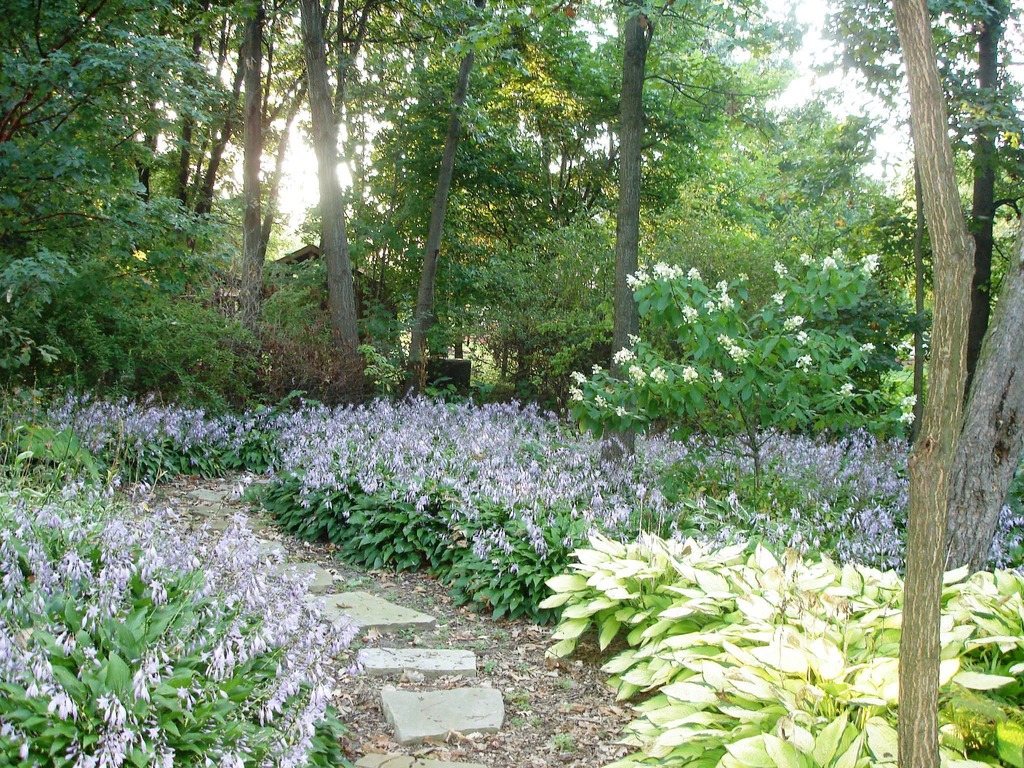Groundcovers done right can help protect the soil from the sun’s heat, reduce evaporation, replace turf grass in shady locations, prevent wind and water erosion, and help control weeds. The wide variety of low-growing groundcover plants available can add interest to your landscape thanks to unexpected texture, color or form.
But groundcovers gone wrong can smother out other garden plants, jump fences and invade natural habitats. In fact, the very traits that make some plants popular ground covers – the ability to spread quickly and grow anywhere – are the same ones that have earned them reputations as menaces,
Even worse, once groundcovers reach the problematic stage, many are incredibly difficult to get rid of. Groundcovers such as lippia, and English ivy can be pulled out, but any bit of root or stem that you leave behind will sprout again, meaning eradication must be an ongoing process.
Because established groundcover is so tough to remove permanently, you don’t want to think of it as a temporary landscape decoration. These tips should help you maintain a healthy relationship with your groundcover – allowing it to grow where it should, do what it should, and not stray from its intended spot.
1. Research, then plant. Read gardening books specific to your region and talk with the pros at your local nursery. Plants that are labeled “spreads rapidly” and “grows anywhere” may be clues that the plant could become a problem.
2. Anticipate the spread. When buying a groundcover, read the label – specifically the section concerning mature height and width. Plant according to these guidelines, understanding that your plants’ growth could exceed prescribed dimensions.
3. Consider your site. If you just have some gaps in an already-prepared garden bed, use annuals and tender perennials to fill in. Save ground covers for tough sites where you have trouble getting other plants to grow, such as spaces under trees or on steep slopes. Select groundcovers, according to your yard’s conditions: Sun or shade? Clay soil or sand? Moist or dry? Select groundcovers that will thrive under your conditions rather than require heroic measures to keep them alive.
4. Steer clear of invasive ground covers. Invasive plants out-compete other species for water, nutrients, sunlight, and space. As a result, invasive species can displace native species, reduce plant diversity, alter ecosystem processes, and hybridize with native plants. Most state agriculture departments and county extension offices work to educate people about local invasive plants. Talk to them and ask if there are groundcover plants you should avoid altogether. The lists will vary from region to region. In the Portland, Oregon, area, for instance, Lesser celandine, Italian arum, Yellow archangel, Lamium, Creeping Jenny and Vinca are all considered invasive groundcovers. In the San Francisco Bay area invasive groundcovers include Iceplant or Hottentot fig, Licorice plant, Vinca and English ivy or Algerian ivy.
5. Be prepared. Once you select your groundcover, control existing weeds and test the soil for pH and fertilizer recommendations before planting. Till the soil to a depth of 8 to 12 inches incorporating any fertilizer and lime needed, as well as, a 2- to 4-inch layer of organic matter such as pine bark mulch or compost. If the site is on a steep slope, you may need to apply netting to help reduce soil erosion. Groundcovers are capable of providing long-lasting beauty and function, but their performance is only as good as the effort one puts into soil preparation.
Tips, Tricks for Keeping Groundcover Under Control | Zillow Blog.


